Designing the perfect diamond engagement ring is a deeply personal and meaningful process involving carefully considering various elements. From selecting the right diamond to choosing the ideal setting and metal, every detail creates a unique symbol of love and commitment. The guide will explore the key steps to design the best diamond engagement ring that reflects your style, preferences, and the everlasting love you share. Establishing a Budget
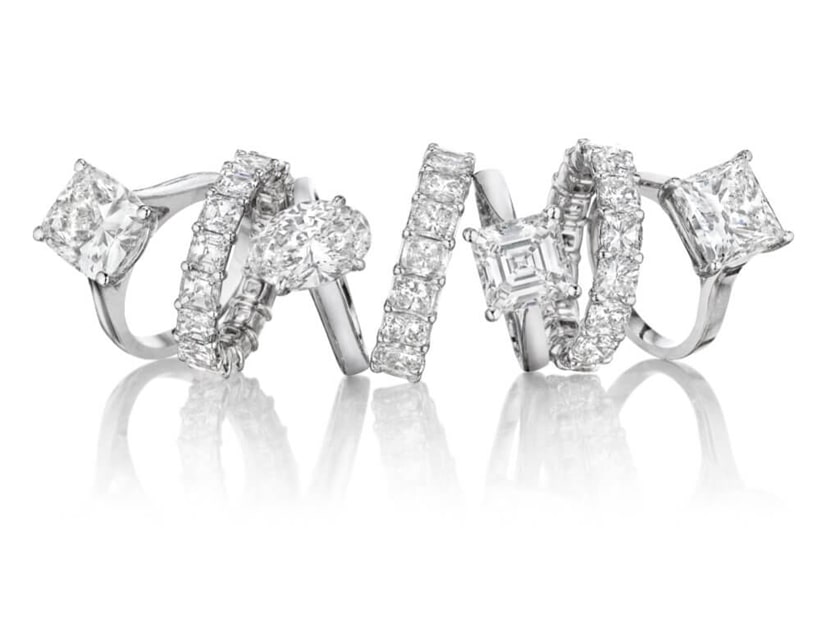
Before diving into the world of diamond engagement rings, it's crucial to establish a realistic budget. To narrow your choices and ensure you find a call that aligns with your financial comfort.
- Cut,
- Color,
- Clarity
- Carat weight will be essential in making informed decisions about where to allocate your budget.
Understanding the "Four Cs" of diamonds
Selecting the Diamond
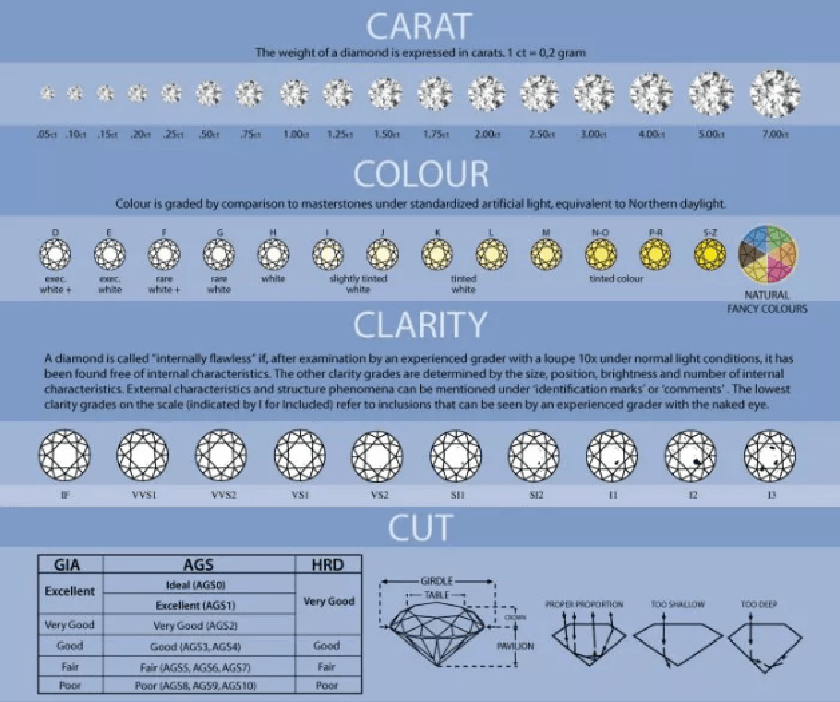
The centerpiece of any engagement ring is undoubtedly the diamond. When choosing a diamond, consider the following factors:
- a. Cut: The cut of the diamond determines its radiance and sparkle. A well-polished diamond will reflect light beautifully, making it appear more vibrant and captivating.
- b. Color: Diamonds come in various colors, from colorless to vivid yellow or brown. The lesser color a diamond has, the higher its quality and value. Nevertheless, personal preference plays a significant role in this choice.
- c. Clarity refers to tiny imperfections, or inclusions, within the diamond. A higher clarity grade indicates fewer imperfections. Consider what Clarity is acceptable based on your budget and desired appearance.
- d. Carat Weight: Carat weight measures the diamond's size. Remember that a larger diamond doesn't always mean a more beautiful one. Balance the carat weight with other factors to create a stunning and harmonious design.
Choosing the Setting
The setting of the diamond is a crucial aspect of the ring's overall design. Different settings can significantly impact the ring's appearance and how prominently the diamond is showcased. Common setting styles include: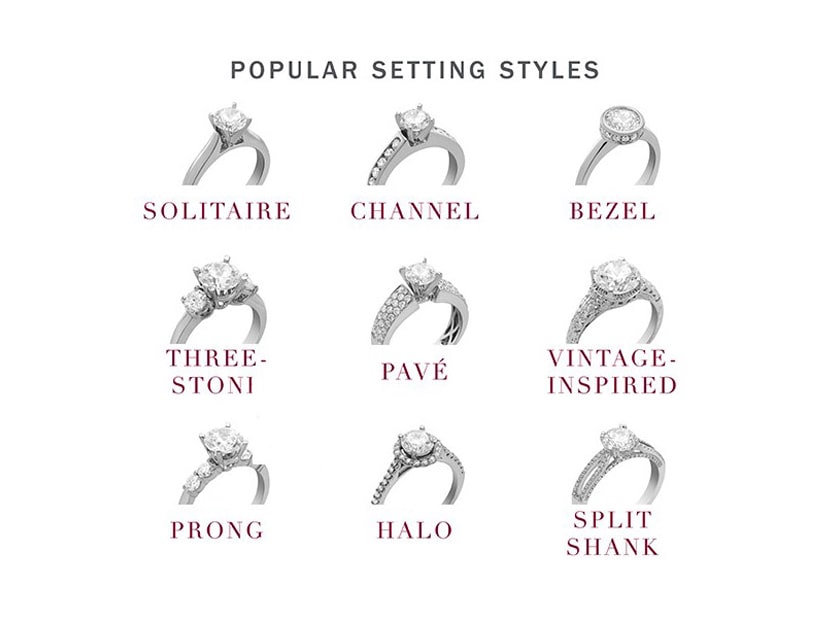 a. Prong Setting: This classic and popular option uses tiny metal claws to hold the diamond securely. Prong settings allow more light to enter the diamond, enhancing its brilliance.
b. Halo Setting: A halo setting features smaller diamonds circling the center stone, adding extra sparkle and making the central diamond appear more prominent.
c. Bezel Setting: In a bezel setting, the diamond is surrounded by a metal rim, providing a sleek and modern look while offering additional protection to the diamond.
d. Pave Setting: Pave settings consist of tiny diamonds set closely together, creating a surface that appears paved with diamonds. This setting style adds a touch of glamour and can enhance the overall brilliance of
the ring.
e. Channel Setting: Channel settings involve placing smaller diamonds into a groove or channel within the band, creating a sophisticated and contemporary look.
a. Prong Setting: This classic and popular option uses tiny metal claws to hold the diamond securely. Prong settings allow more light to enter the diamond, enhancing its brilliance.
b. Halo Setting: A halo setting features smaller diamonds circling the center stone, adding extra sparkle and making the central diamond appear more prominent.
c. Bezel Setting: In a bezel setting, the diamond is surrounded by a metal rim, providing a sleek and modern look while offering additional protection to the diamond.
d. Pave Setting: Pave settings consist of tiny diamonds set closely together, creating a surface that appears paved with diamonds. This setting style adds a touch of glamour and can enhance the overall brilliance of
the ring.
e. Channel Setting: Channel settings involve placing smaller diamonds into a groove or channel within the band, creating a sophisticated and contemporary look.
Metal Selected
The metal choice for the engagement ring can significantly impact its overall aesthetic. Common options include:
a. Platinum: The durability of platinum, known for its hypoallergenic properties, makes it a popular choice for engagement rings. Its naturally white color complements the brilliance of diamonds. b. White Gold: White gold is a more affordable alternative to platinum, featuring a rhodium plating that gives it a similar appearance. It's essential to replace white gold periodically to maintain its lustrous finish. c. Yellow Gold: A classic and timeless choice, yellow gold provides warmth and richness to the ring. It complements a variety of diamond shapes and settings. d. Rose Gold: Rose gold has gained popularity for its romantic and vintage appeal. It adds a unique and feminine touch to the ring, making it stand out. e. Two-Tone: For a combination of metals, consider a two-tone ring. This option allows you to blend the beauty of different metals, creating a distinctive and personalized design.Personalizing with Engravings
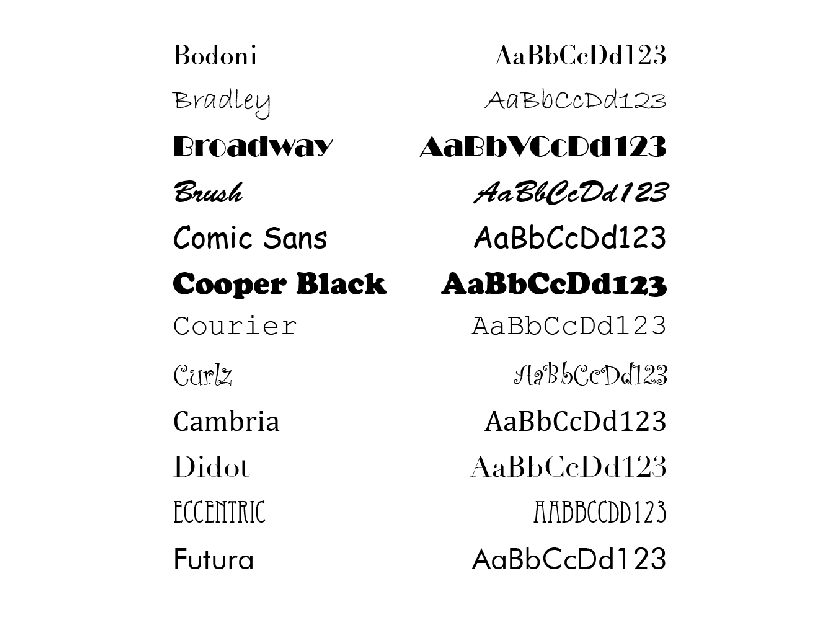
Adding a personal touch through engravings can make the engagement ring even more special. Whether it's a significant date, initials, or a short message, engraving adds sentimental value to the ring and makes it a cherished keepsake.
Considering Lifestyle and Comfort
While the aesthetics of the ring are crucial, it's also essential to consider practicality. Consider your daily activities, work, and lifestyle when choosing the design. A lower-profile setting may be more comfortable and practical if you lead an active lifestyle.














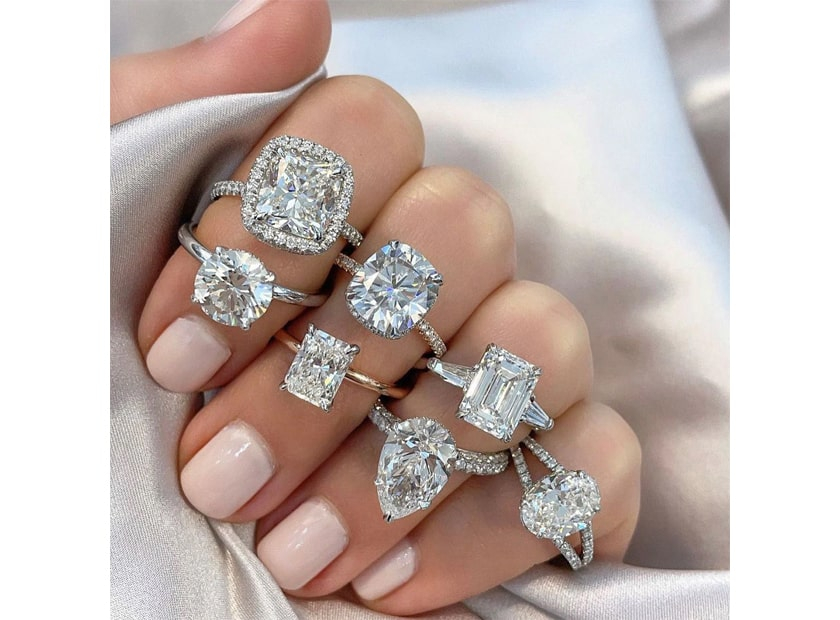

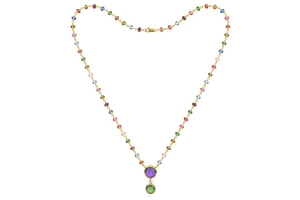
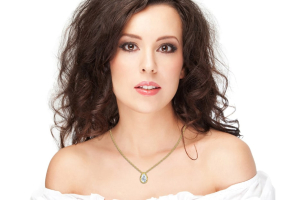
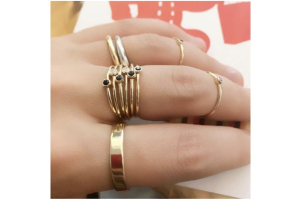
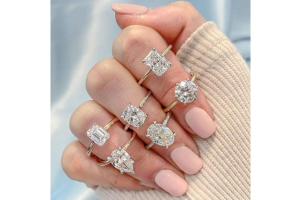
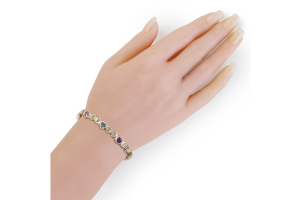
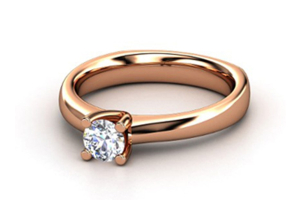
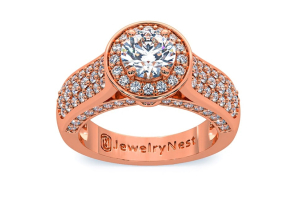
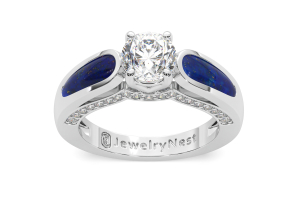
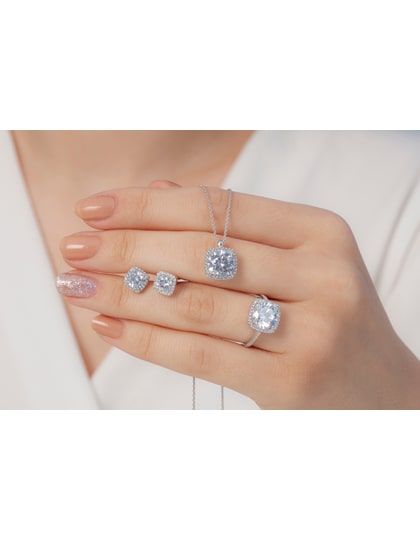
Validate your login